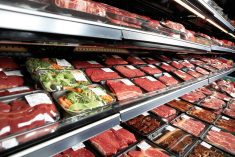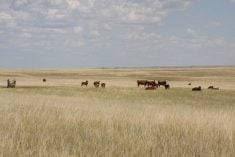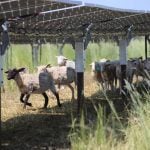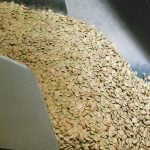An investigation into Canada’s fourth case of BSE shows no other cattle were infected, but questions were raised about feed use.
The Canadian Food Inspection Agency confirmed the case Jan. 22 in a Holstein-Hereford cross cow euthanized Jan. 12 by a private veterinarian at a north-central Alberta beef and dairy farm. The cow had co-ordination problems consistent with BSE symptoms, the inspection agency said in a March 3 statement.
The agency believes, but cannot confirm, that the cow consumed BSE-contaminated calf starter ration within its first year of life.
Read Also
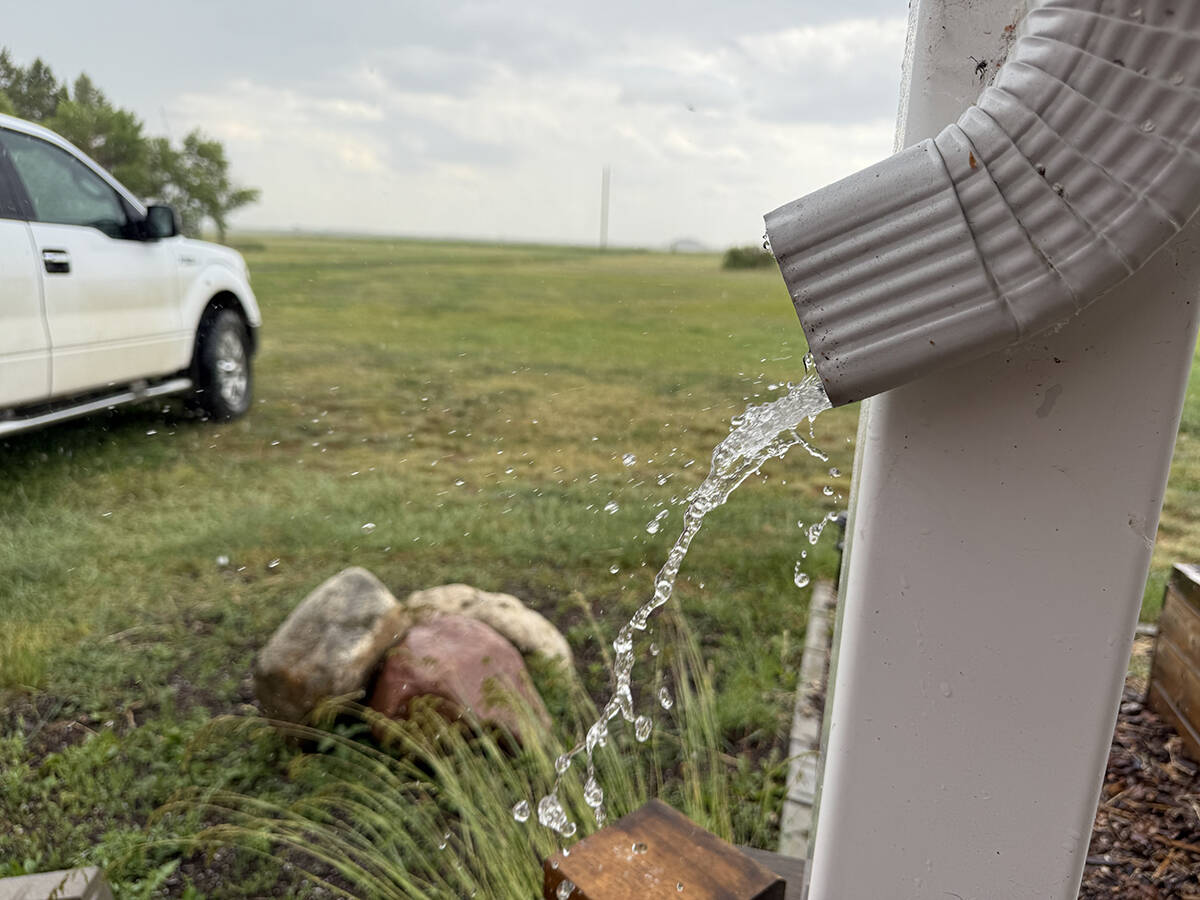
August rain welcome, but offered limited relief
Increased precipitation in August aids farmers prior to harvest in southern prairies of Canada.
The cow was born April 15, 2000, three years after the ban that prohibited feed containing ruminant protein from being fed to cattle. Investigators did not rule out the possibility of banned feed materials persisting on the farm.
The cow was exposed to four commercial products from two suppliers during the first year of life and another four commercial products from the same two suppliers at approximately 12 to 14 months of age.
None of the formulations contained banned material, although one supplier produced feeds for ruminant and non-ruminant species. The feeds produced for non-ruminant species included material prohibited for use in cattle feed.
This facility had procedures to minimize the chance of contamination, but a detailed review of products from this facility identified incidents of concern where ruminant feed was processed or transported immediately following the processing of a feed for non-ruminant species containing prohibited material.
“Documentation did not always demonstrate that proper cleanout of cross-utilized equipment had occurred,” said the CFIA.
In addition to feed supplies, investigators traced calves born to the cow as well as 156 herd mates born 12 months before and after the birth of the affected animal.
The cow’s 2004 calf died on another farm and never left the premises, while last year’s calf was euthanized and tested negative for BSE. The carcass was incinerated.
Investigators found 38 live herd mates that subsequently tested negative for BSE. The remaining 118 animals died on the farm of origin or were slaughtered. One animal from this group had died and tested negative under the national BSE surveillance program.





